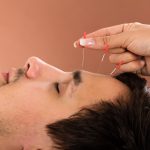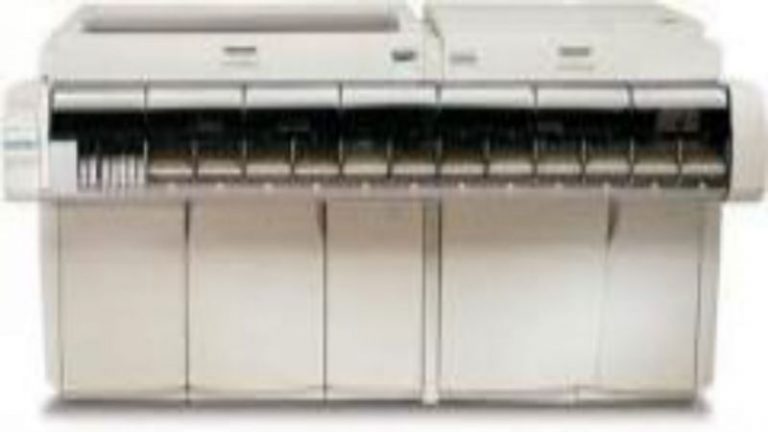In economic terms, the return on investment or ROI is the measure of the value of the earnings on a specific investment after the purchase price is considered. It can also be thought of as the returns or the net gain for the company, business or individual by making an investment.
To consider the return on investment on lab equipment, it is important to consider two different factors. This is the cost of the equipment and the gain obtained from the equipment. For example, adding a genetic sequencer to a lab costs a set amount, which is the purchase price and any associated costs for shipping, installation, and configuration. However, there is an increase in gain to the lab through enhanced throughput, greater testing capacity or new testing abilities.
Decreasing the Cost of Equipment
A simple way to increase ROI on any type of purchase is to keep the purchase cost as low as possible. For a laboratory, purchasing refurbished lab equipment is a simple and very effective way to drop the initial investment in the equipment.
In some cases, buying refurbished lab equipment can result in a 50-70% reduction in the cost of the equipment purchase. With this dramatic reduction in price, the lab will soon see the cost of the equipment recouped in services and increased workflow, which is essential for any type of facility to consider.
Protection
In choosing refurbished lab equipment from a top analytical equipment dealer, the option of a warranty is also available. This is a factor that also adds to the ROI, as it provides protection and coverage for the equipment should there be a problem.
Most of the top used and refurbished analytical equipment companies offer flexible types of warranty plans, allowing the lab to choose the right option for their specific equipment coverage needs.






